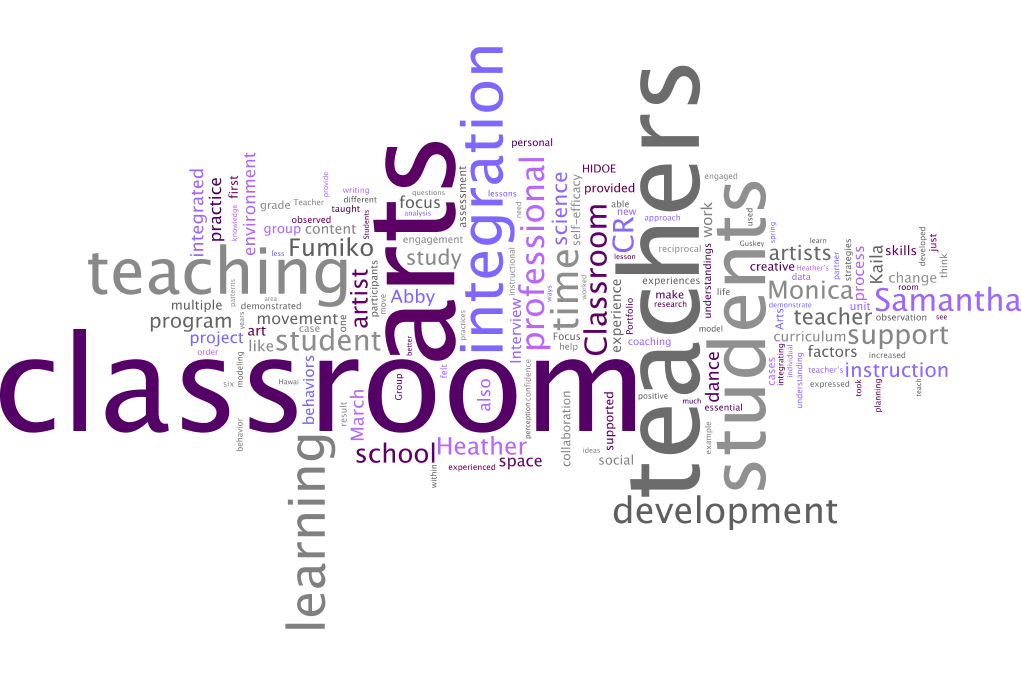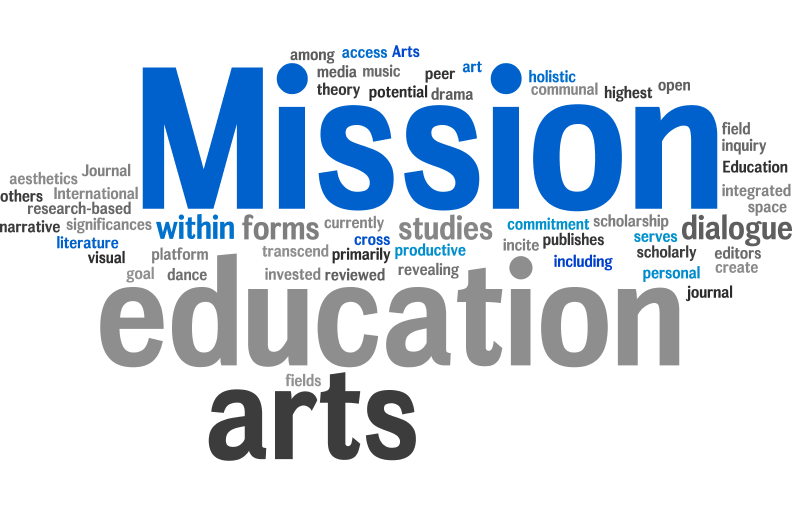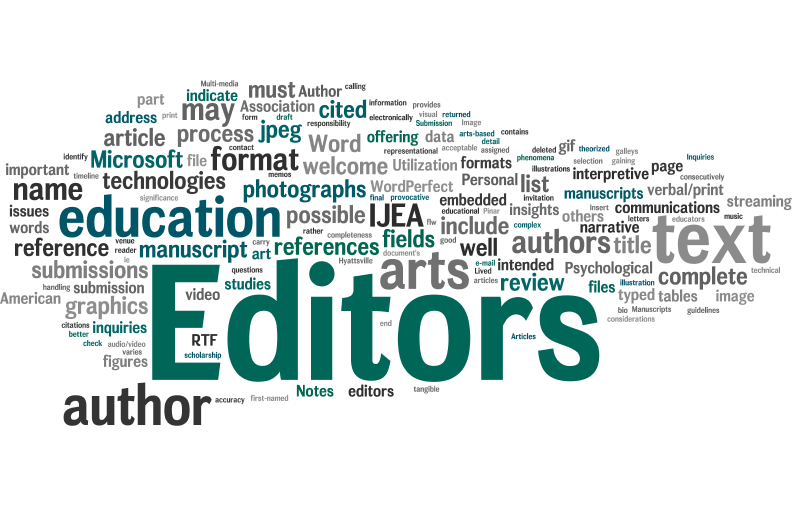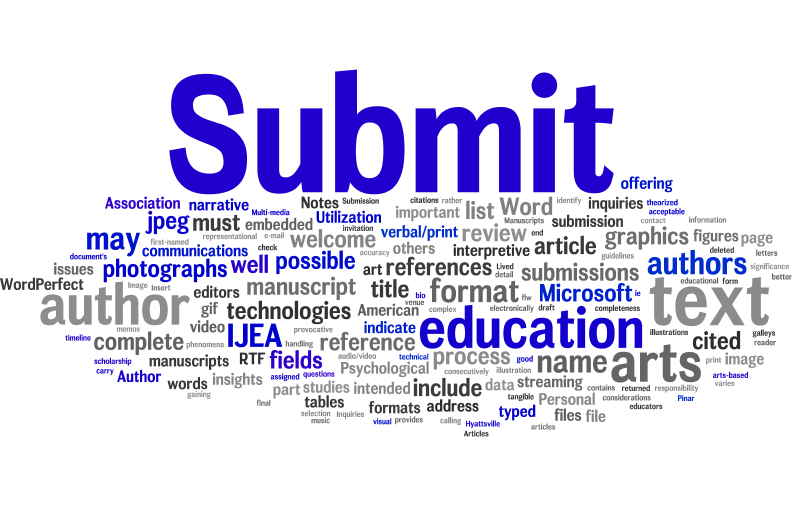| Volume 19 Number 11 | April 22, 2018 |
The Collaborative Residency Project: The Influence of Co-Teaching on Professional Development in Arts Integration
Nicole Schlaack
University of Hawai‘i at Mānoa, USA
Jamie Simpson Steele
University of Hawai‘i at Mānoa, USA
Citation: Schlaack, N. & Simpson Steele, J. (2018). The collaborative residency project: The influence of co-teaching on professional development in arts integration. International Journal of Education & the Arts, 19(11). Retrieved from https://doi.org/10.18113/P8ijea1911
Abstract
Many classroom teachers turn to arts integration as a method for meeting multiple learning objectives but are less than prepared to do so. The Collaborative Residency program offered classroom teachers an intensive course of study through collaborative work with teaching artists as they co-planned and co-taught arts integrated units together. Consistent with the literature, participants in this study experienced the educational advantages of teaching through the arts to help students gain, acquire, and construct understanding. The results of this study highlight the interdependence of classroom teachers’ personal beliefs, behaviors and their environment, as well as the need for better institutional support to provide classroom teachers a ground on which they can continue their arts integration endeavors.
Visual Abstract





